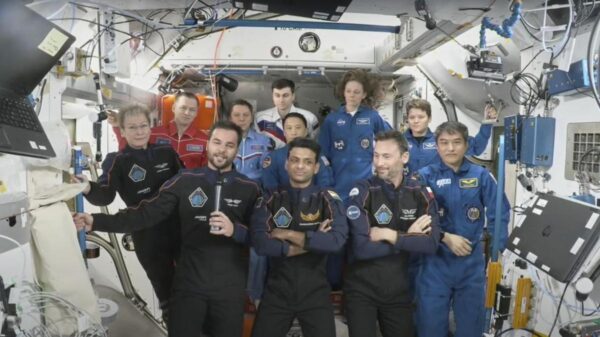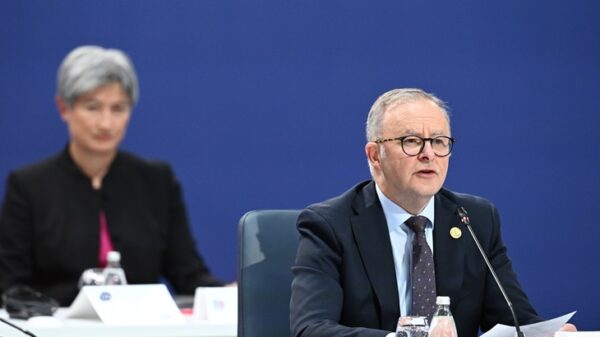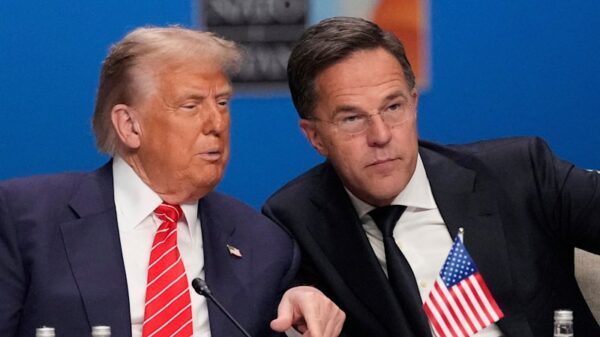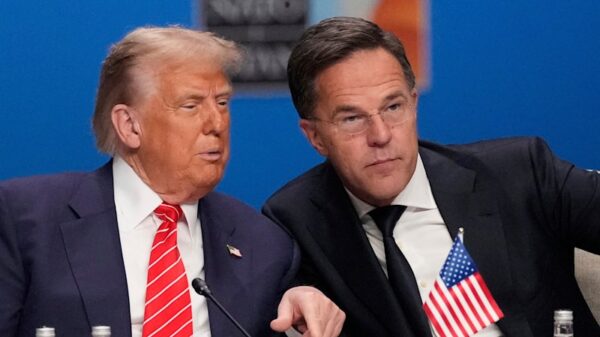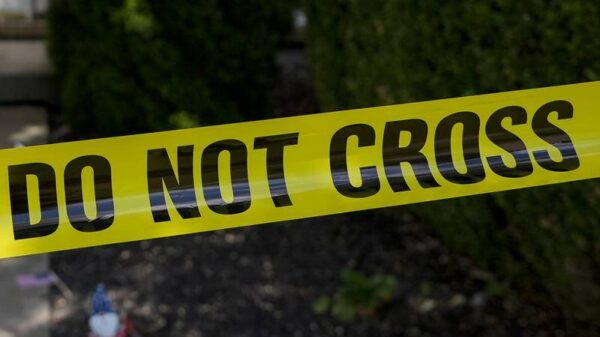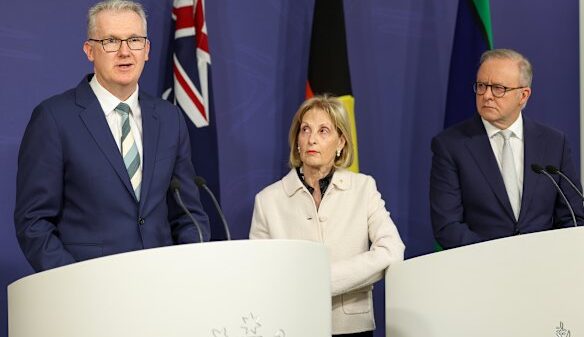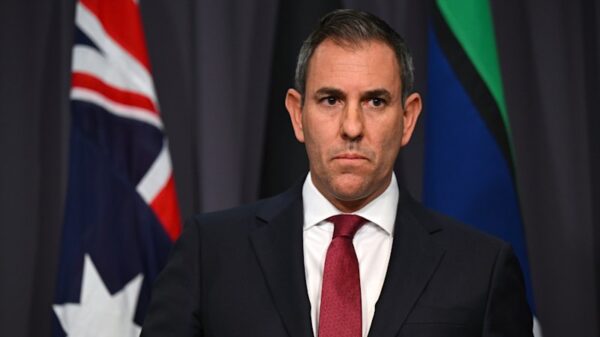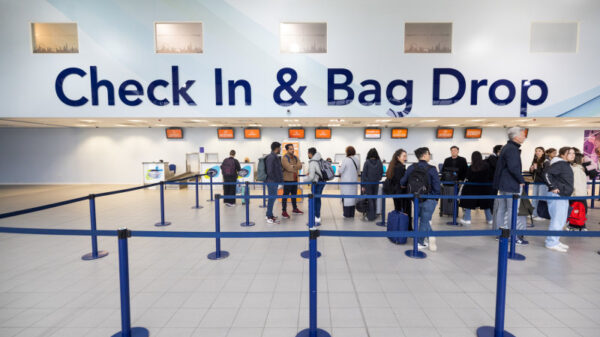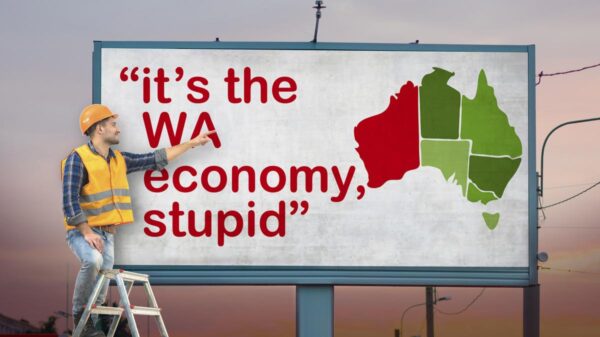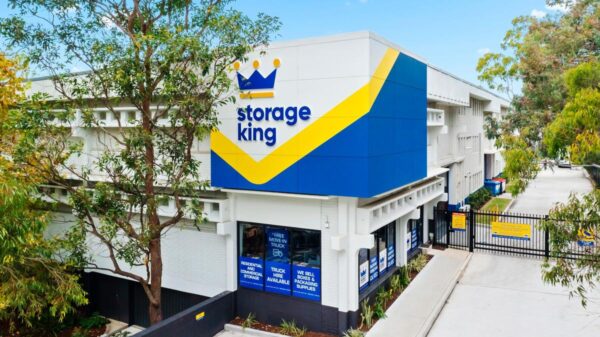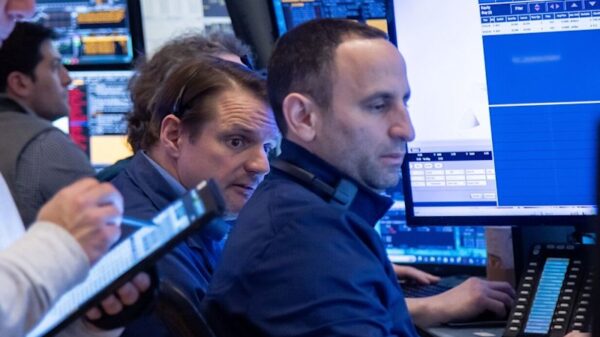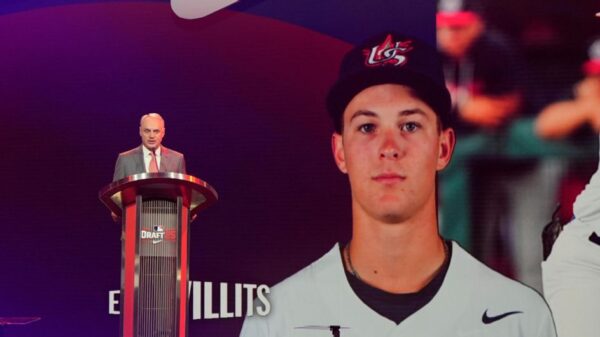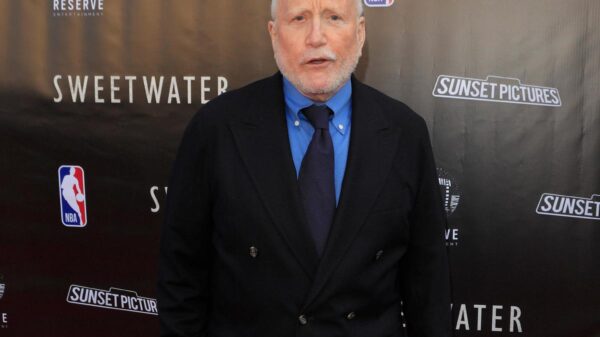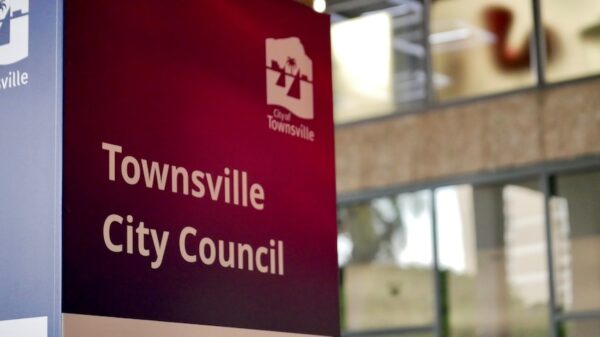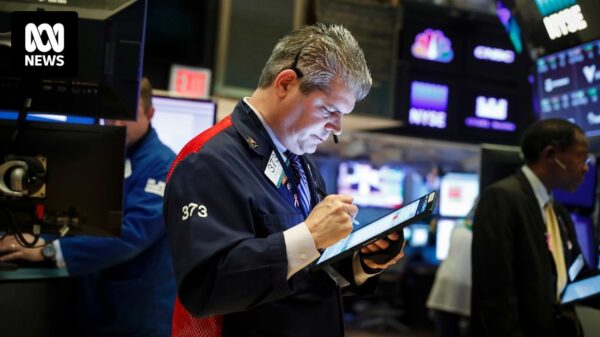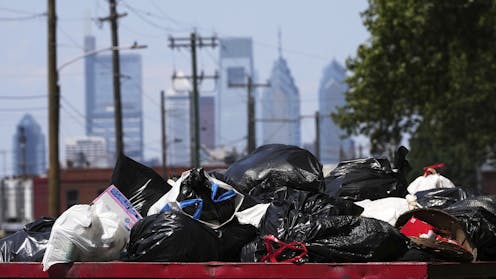Curbside trash collection in Philadelphia has been suspended since July 1, 2025, as the city navigates an escalating strike involving municipal workers. The AFSCME District Council 33 union, which represents approximately 9,000 blue-collar employees, including sanitation workers, 911 dispatchers, city mechanics, and water department staff, has taken to the streets demanding better wages and conditions. The visible result of this labor dispute has been the emergence of “Parker piles,” a term coined by residents to describe the accumulating garbage that some attribute to the leadership of Mayor Cherelle Parker.
The current strike, now entering its second week, is notable not just for its scale but also for the role of social media in shaping public discourse. According to Francis Ryan, a labor studies professor at Rutgers University and author of “AFSCME’s Philadelphia Story: Municipal Workers and Urban Power in Philadelphia in the Twentieth Century,” the union is leveraging platforms like Instagram to share their narrative and garner community support.
Historical Context of Sanitation Strikes in Philadelphia
Philadelphia has a rich history of sanitation strikes dating back to March 1937. A brief work stoppage at that time prompted negotiations between city officials and early iterations of the current union. A more significant strike occurred in September 1938, when over 200 municipal workers were laid off. Strikers clashed with police while attempting to block trash collection efforts by replacement workers. This confrontation highlighted the potential for violence inherent in such labor disputes. The solidarity of local union members from various sectors, including textiles and steel, further amplified the strikers’ demands, leading to the formal recognition of AFSCME by the city.
The intensity of labor actions fluctuated over the decades. Following a two-week strike in 1944, there was a lull until the 1960s, when sanitation strikes surged nationally. The most notable was the 1968 Memphis Sanitation Strike, where African American sanitation workers sought improved wages and working conditions, receiving backing from civil rights leaders, including Dr. Martin Luther King, Jr. His involvement brought national attention and, following his assassination on April 4, 1968, heightened pressure on Memphis officials to resolve the conflict.
Current Strike Dynamics and Community Response
The ongoing strike in Philadelphia is distinguished by its unprecedented public support, amplified by social media. Unlike past disputes, this strike benefits from a unique platform where personal stories and experiences can be shared widely, engaging citizens who may not have been previously aware of the challenges faced by sanitation workers. Ryan points out the influence of figures like former sanitation worker Terrill Haigler, known as “Ya Fav Trashman,” who has used social media to connect with residents and advocate for the workers’ rights.
The economic backdrop of this strike is critical. According to AFSCME District Council 33 president Greg Boulware, union members earn an average salary of $46,000 annually. This figure is slightly below the $48,000 estimated by MIT’s Living Wage Calculator for a single adult living in Philadelphia. Sanitation workers specifically earn between $42,500 and $46,200, translating to an hourly wage of $18 to $20, which is among the lowest compared to other major U.S. cities. For instance, hourly wages in Dallas range from $21, while Chicago workers earn between $25 and $30.
The pandemic has heightened awareness of the essential role that sanitation workers play in society. Many people are now recognizing that if these workers cannot afford basic necessities, it raises significant concerns about social equity. Ryan notes that the ongoing cuts to public services, such as proposed reductions to the city’s mass transit system, exacerbate these disparities, leading to increased sympathy for the strikers.
If the strike continues, it is likely to attract greater national and international media attention, prompting broader discussions about the treatment of workers in various sectors. The engagement of the community and the innovative use of social media are reshaping the narrative around labor strikes, possibly setting a new precedent for worker solidarity in the future.
Francis Ryan has disclosed no relevant affiliations beyond his academic appointment and does not benefit from this article.

